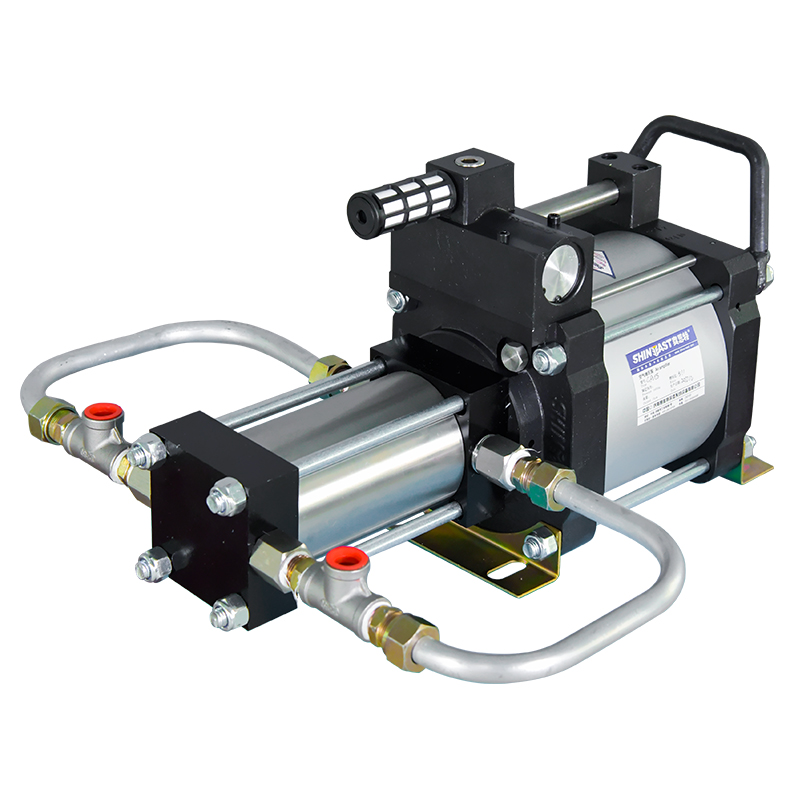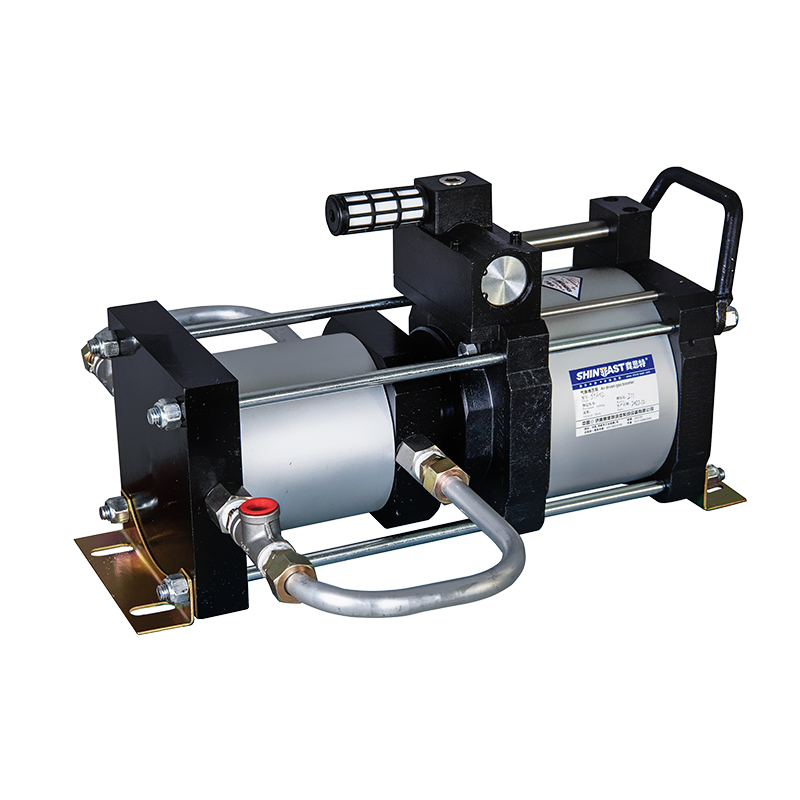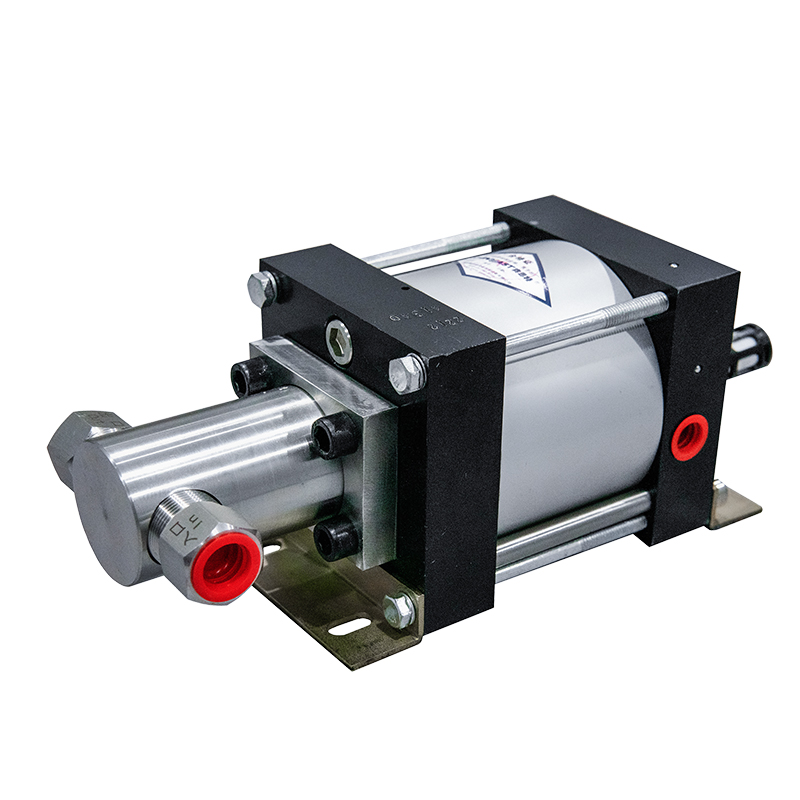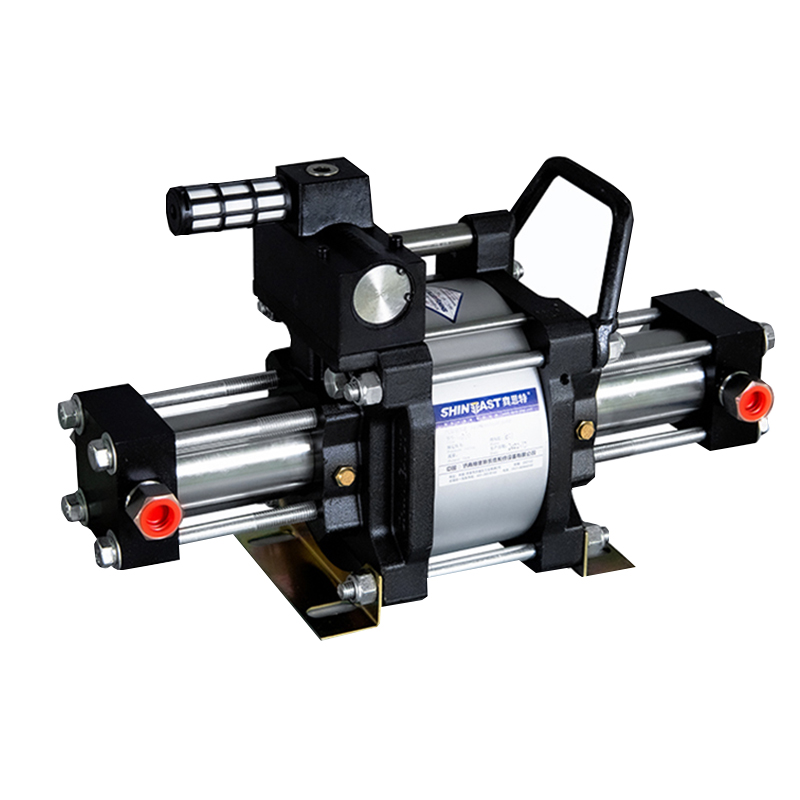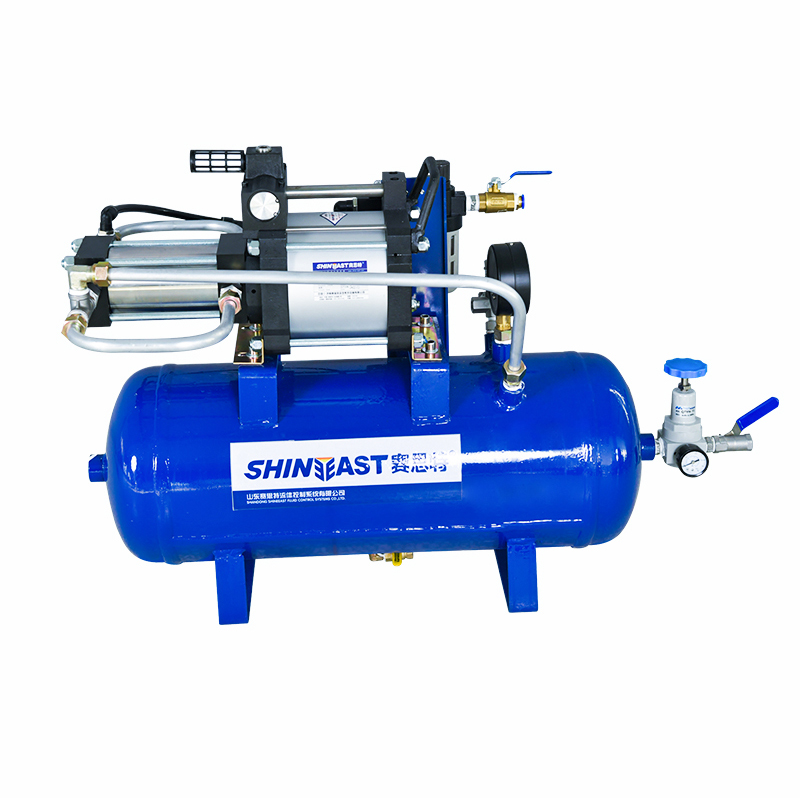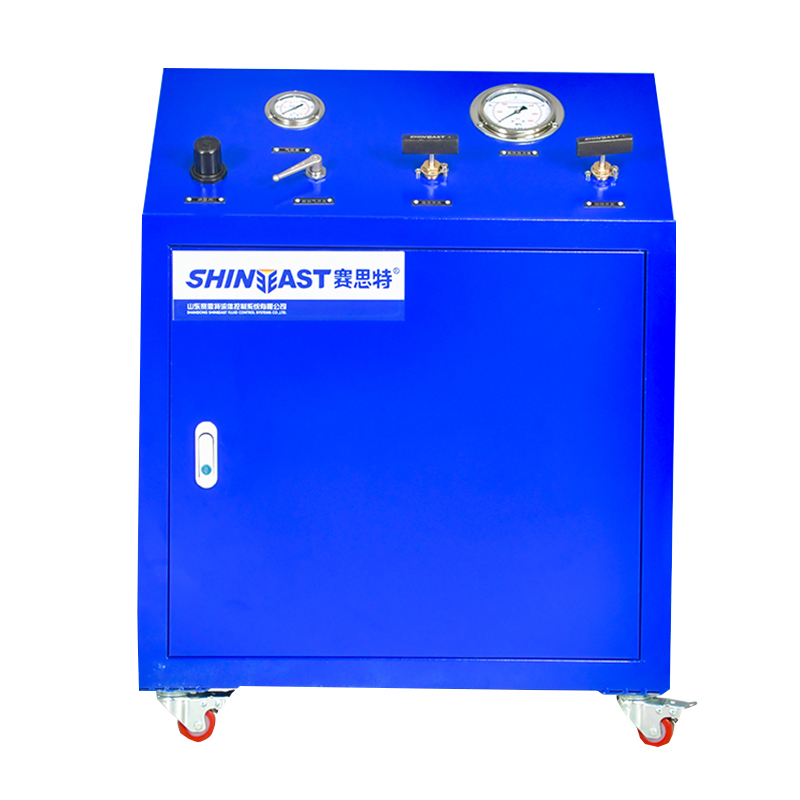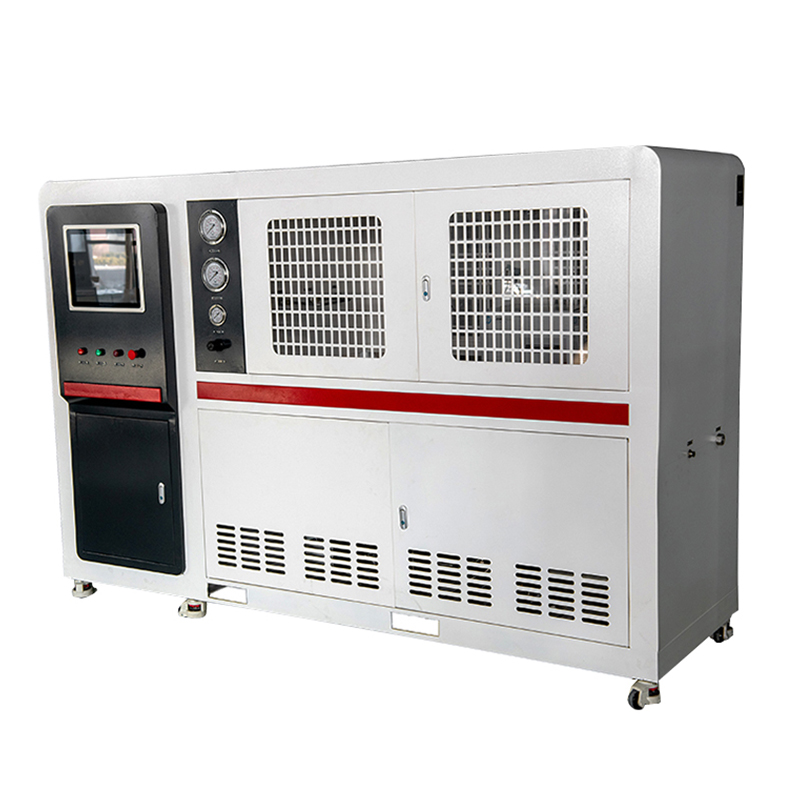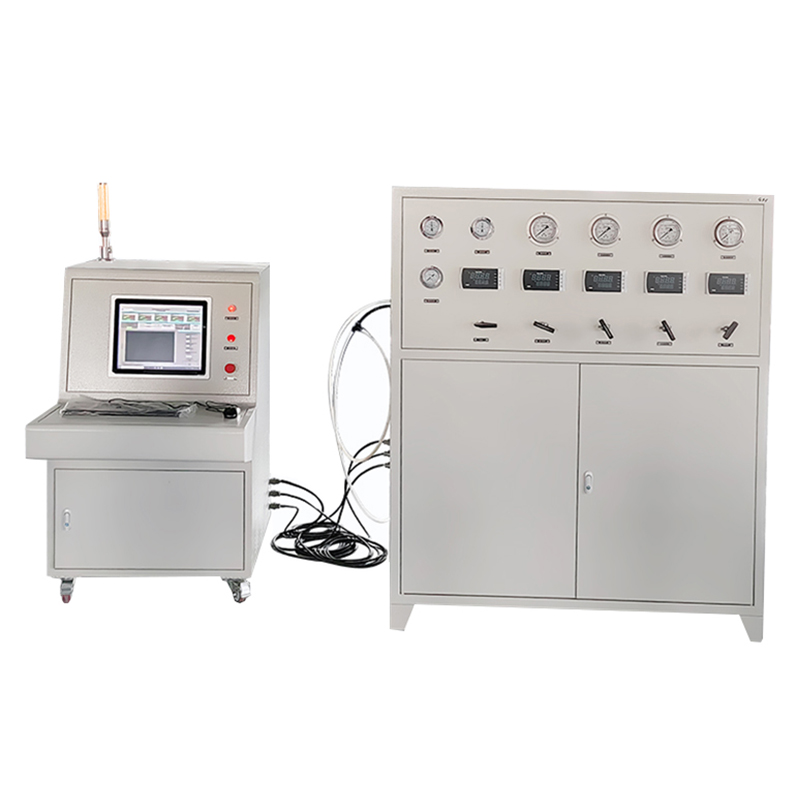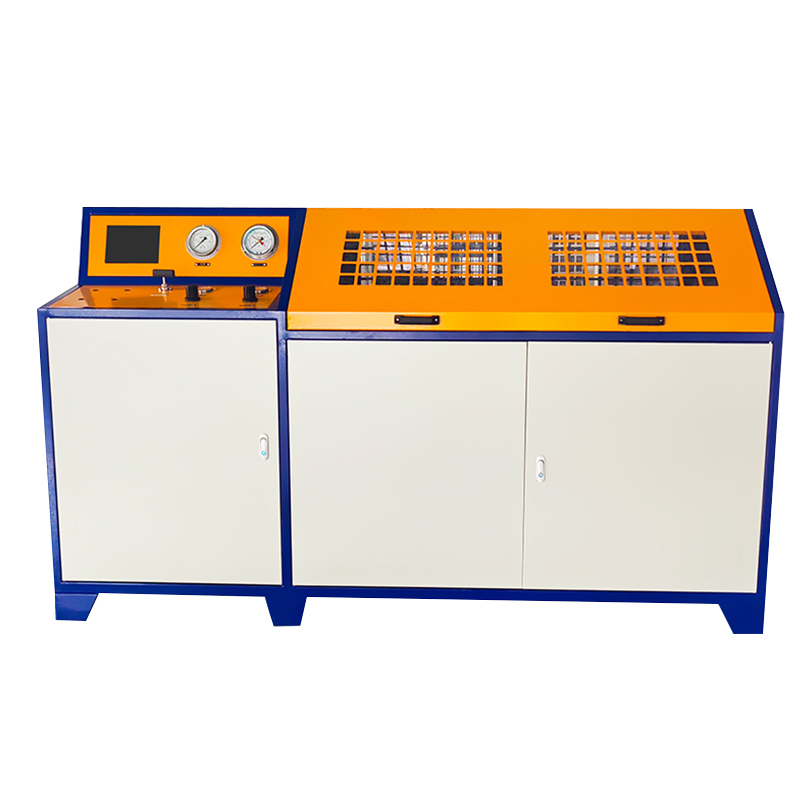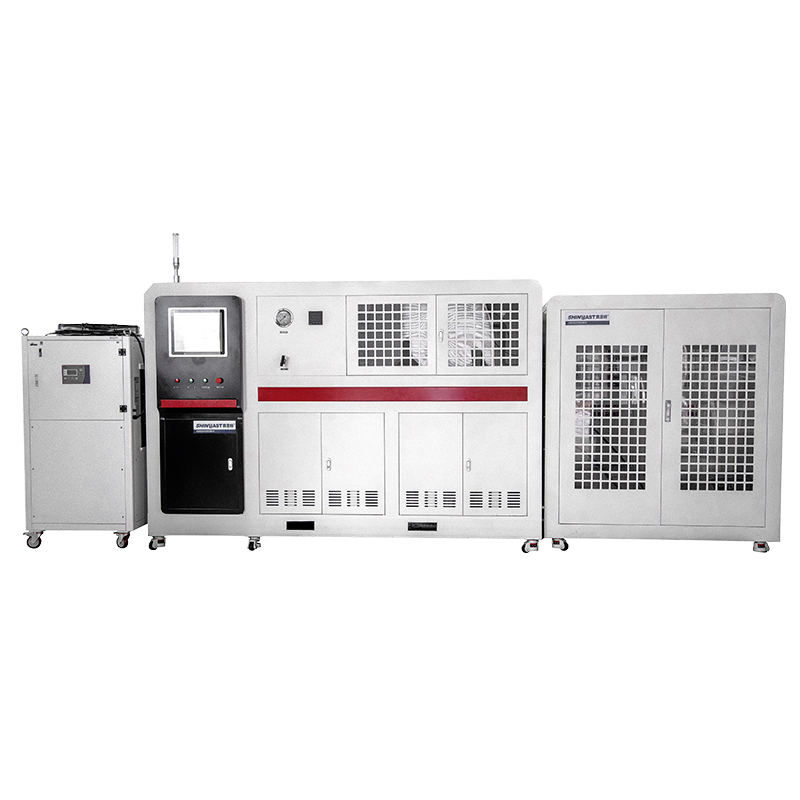Calibration process of respiratory valve comprehensive test bench
The comprehensive test bench for breathing valves is mainly used to test and verify the performance of various storage tank breathing valves, such as pressure, vacuum, leakage and other tests. The main function of the breathing valve is to maintain pressure balance inside and outside the storage tank, avoiding damage to the tank caused by overpressure or vacuum. The breathing valve can be ensured to function properly through calibration on a comprehensive test bench. The main steps are as follows.
1. Equipment preparation
Before starting the verification, ensure that the test bench and breathing valve equipment are in good working condition, and the test bench should be cleaned and inspected as required. Check if the equipment is in good condition.
Confirm if the connection of the gas source is normal. Check if the sensors and range gauges on the test bench are within the valid calibration period.
2. Instrument calibration
Instrument calibration is to ensure the accuracy of the test bench.
Pressure gauge: Use a standard pressure gauge for comparison and calibration to ensure accurate readings on the test bench pressure gauge.
Vacuum gauge: Use a standard vacuum gauge to verify the accuracy of the vacuum value step by step.
During calibration, connect the standard instrument in parallel with the instrument on the test bench, apply a certain pressure or vacuum, and compare the difference in readings between the two. Calibrate throughout the entire work range (from low to high, from high to low) to confirm the accuracy of the instrument across all range ranges. If the reading error exceeds the allowable range, adjust or replace the instrument.
3. Sealing test
The sealing performance of the breathing valve is an important performance indicator. The sealing verification of the test bench ensures that no external air or gas enters the system during the testing process, which may affect the test results.
Use inert gas (such as nitrogen) to pressurize the test bench and confirm if there are any leaks in the system. Close all exits and observe pressure changes. If the pressure drops beyond the allowable range within the set time, it is necessary to locate and repair the leak point.
4. Pressure/vacuum opening and closing test
Test the opening and closing pressure of the breathing valve. The test bench simulates the pressure difference inside and outside the storage tank to test the opening and closing of the breathing valve at different pressures.
Positive pressure opening test: Connect the gas source to the test bench, gradually increase the pressure to the positive pressure opening value of the breathing valve, record the accurate pressure value of the valve opening, and check whether it is within the qualified range.
Vacuum opening test: Gradually reduce the pressure inside the system through a vacuum pump until the vacuum opening value of the breathing valve is reached, record the negative pressure at the time of opening, and verify.
Close pressure test: After testing the opening pressure, gradually release the pressure or increase the vacuum, record the pressure value when the breathing valve is closed, and ensure that its closing point is within the specified range.
5. Leakage testing
Leakage testing is to evaluate the sealing performance of the breathing valve and ensure that its leakage rate meets the standard when it is in the closed state.
Close the breathing valve, maintain a certain positive or negative pressure, observe the rate of pressure drop, or measure the leakage rate through a flow meter. According to the standard, check whether the leakage is within the allowable range.
6. Data recording and analysis
Record every parameter during the testing process, including pressure, vacuum, opening pressure, closing pressure, leakage rate, etc. Compare with the standard value of the breathing valve to determine if the breathing valve is qualified.
The comprehensive test bench for breathing valves should be regularly calibrated to ensure its accuracy and reliability during long-term use. During the verification process, it is necessary to operate according to the requirements of the equipment manual to prevent damage to the instrument due to misoperation. After verification, equipment maintenance should be carried out to ensure accuracy and stability for the next use. Ensure that the standard instruments used for calibration are certified and within their validity period.
Through strict verification of the above steps, the accuracy of the comprehensive test bench for breathing valves and the reliability of the test results can be ensured, ensuring the safety and effectiveness of breathing valves in actual operation.
1. Equipment preparation
Before starting the verification, ensure that the test bench and breathing valve equipment are in good working condition, and the test bench should be cleaned and inspected as required. Check if the equipment is in good condition.
Confirm if the connection of the gas source is normal. Check if the sensors and range gauges on the test bench are within the valid calibration period.
2. Instrument calibration
Instrument calibration is to ensure the accuracy of the test bench.
Pressure gauge: Use a standard pressure gauge for comparison and calibration to ensure accurate readings on the test bench pressure gauge.
Vacuum gauge: Use a standard vacuum gauge to verify the accuracy of the vacuum value step by step.
During calibration, connect the standard instrument in parallel with the instrument on the test bench, apply a certain pressure or vacuum, and compare the difference in readings between the two. Calibrate throughout the entire work range (from low to high, from high to low) to confirm the accuracy of the instrument across all range ranges. If the reading error exceeds the allowable range, adjust or replace the instrument.
3. Sealing test
The sealing performance of the breathing valve is an important performance indicator. The sealing verification of the test bench ensures that no external air or gas enters the system during the testing process, which may affect the test results.
Use inert gas (such as nitrogen) to pressurize the test bench and confirm if there are any leaks in the system. Close all exits and observe pressure changes. If the pressure drops beyond the allowable range within the set time, it is necessary to locate and repair the leak point.
4. Pressure/vacuum opening and closing test
Test the opening and closing pressure of the breathing valve. The test bench simulates the pressure difference inside and outside the storage tank to test the opening and closing of the breathing valve at different pressures.
Positive pressure opening test: Connect the gas source to the test bench, gradually increase the pressure to the positive pressure opening value of the breathing valve, record the accurate pressure value of the valve opening, and check whether it is within the qualified range.
Vacuum opening test: Gradually reduce the pressure inside the system through a vacuum pump until the vacuum opening value of the breathing valve is reached, record the negative pressure at the time of opening, and verify.
Close pressure test: After testing the opening pressure, gradually release the pressure or increase the vacuum, record the pressure value when the breathing valve is closed, and ensure that its closing point is within the specified range.
5. Leakage testing
Leakage testing is to evaluate the sealing performance of the breathing valve and ensure that its leakage rate meets the standard when it is in the closed state.
Close the breathing valve, maintain a certain positive or negative pressure, observe the rate of pressure drop, or measure the leakage rate through a flow meter. According to the standard, check whether the leakage is within the allowable range.
6. Data recording and analysis
Record every parameter during the testing process, including pressure, vacuum, opening pressure, closing pressure, leakage rate, etc. Compare with the standard value of the breathing valve to determine if the breathing valve is qualified.
The comprehensive test bench for breathing valves should be regularly calibrated to ensure its accuracy and reliability during long-term use. During the verification process, it is necessary to operate according to the requirements of the equipment manual to prevent damage to the instrument due to misoperation. After verification, equipment maintenance should be carried out to ensure accuracy and stability for the next use. Ensure that the standard instruments used for calibration are certified and within their validity period.
Through strict verification of the above steps, the accuracy of the comprehensive test bench for breathing valves and the reliability of the test results can be ensured, ensuring the safety and effectiveness of breathing valves in actual operation.
CONTACT US
Please use the form below to get in touch.
If you need a reply we will get in touch as soon as possible.

